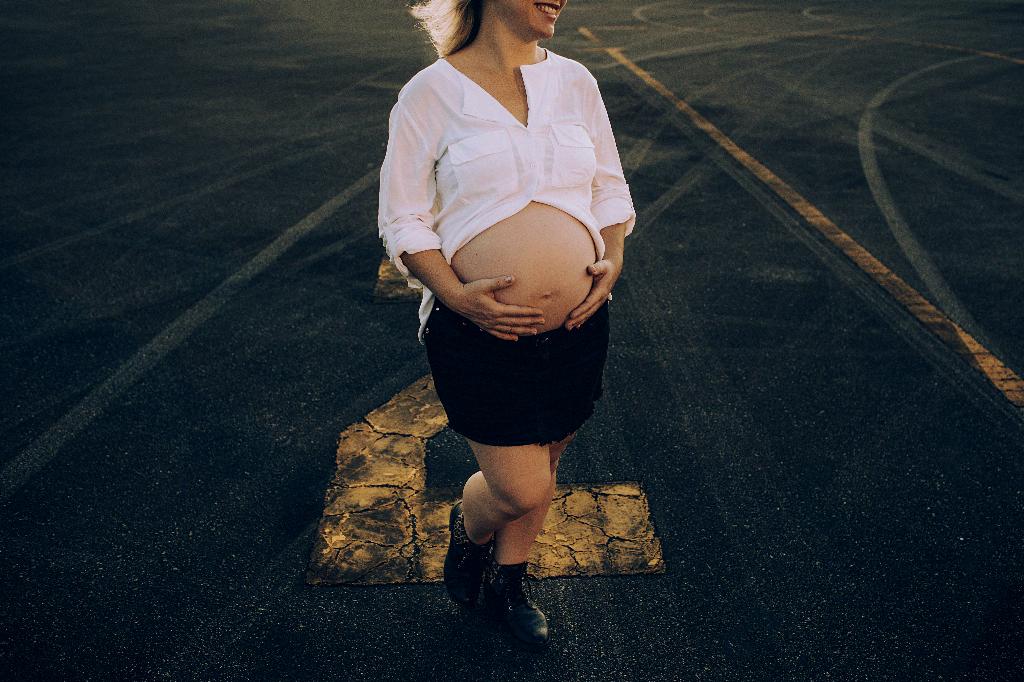Pregnant toxaemia, also known as twin lamb disease in sheep or pregnancy toxemia in goats, is a metabolic disorder that commonly occurs in late gestation animals. It is crucial to take preventive measures to ensure the health and well-being of pregnant ewes and does. In this article, we will discuss the steps that can be taken to prevent pregnant toxaemia.
Ensure Proper Body Condition
One key factor in preventing pregnant toxaemia is maintaining a sufficient body condition score in pregnant ewes and does. Animals should not enter the last 6 weeks of gestation with a body condition score below 2.5 out of 5. This can be achieved through good feeding management practices.
Implement Good Feeding Management
Proper feeding management is essential to prevent pregnant toxaemia. This includes providing adequate feeder space for pregnant animals, sorting them based on body condition, fetal numbers, and animal size, and conducting forage analysis to ensure the feed provides enough energy, digestible fiber, and protein.
Monitor Feed Intake Regularly
Regularly monitoring feed intake of pregnant ewes and does is crucial in preventing pregnant toxaemia. Sudden decreases in feed intake can be an early warning sign of the condition. By closely monitoring their intake, adjustments can be made to prevent nutritional deficiencies.
Offer High-Quality Forage
Offering high-quality forage to pregnant animals can help prevent pregnant toxaemia. Ensuring that the forage is nutritious and free from molds or toxins can help maintain the health of the animals and prevent metabolic disorders.
Provide Adequate Nutrition
Adequate nutrition is key in preventing pregnant toxaemia. Pregnant ewes and does have increased nutritional requirements during late gestation, and ensuring they receive a balanced diet that meets their needs can help prevent the development of metabolic disorders.
Minimize Stress
Stress can contribute to the development of pregnant toxaemia in animals. Minimizing stressors such as overcrowding, sudden changes in diet, or excessive handling can help reduce the risk of the condition. Providing a calm and stable environment is essential for the health of pregnant ewes and does.
Offer Clean Water
Access to clean and fresh water is essential for pregnant animals to prevent pregnant toxaemia. Dehydration can exacerbate metabolic disorders, so ensuring that animals have access to clean water at all times can help maintain their health.
Monitor Body Condition Regularly
Regularly monitoring the body condition of pregnant ewes and does is crucial in preventing pregnant toxaemia. By visually assessing their body condition score and making adjustments to their feeding regimen as needed, the risk of metabolic disorders can be minimized.
Consult with a Veterinarian
If there are concerns about the health of pregnant ewes or does, consulting with a veterinarian is recommended. A veterinarian can provide guidance on preventive measures and treatment options to ensure the well-being of the animals and reduce the risk of pregnant toxaemia.
Conclusion
Preventing pregnant toxaemia in ewes and does is essential to ensure the health of the animals and the success of the pregnancy. By implementing good feeding management practices, ensuring proper nutrition, and monitoring the animals closely, the risk of metabolic disorders can be minimized. Taking proactive steps to prevent pregnant toxaemia is key to promoting the well-being of pregnant animals.

